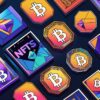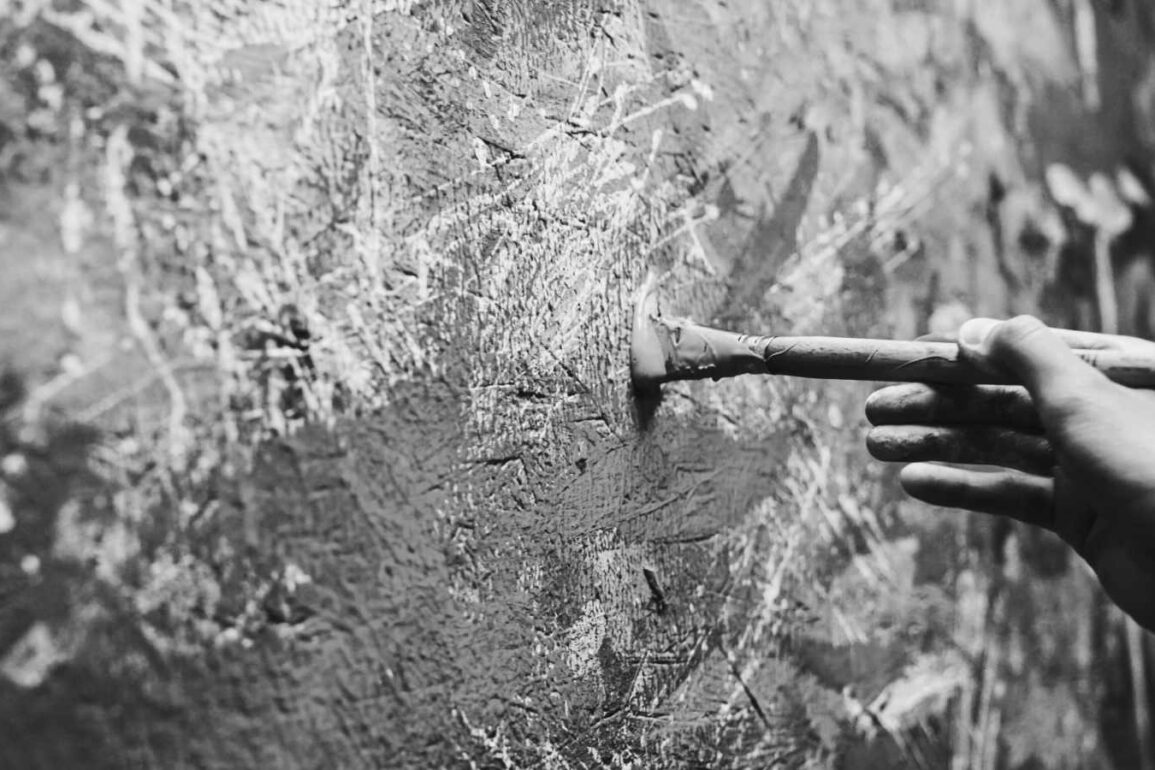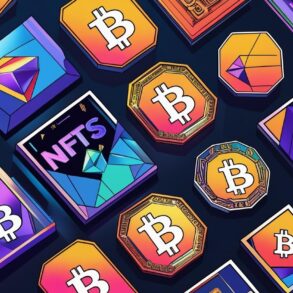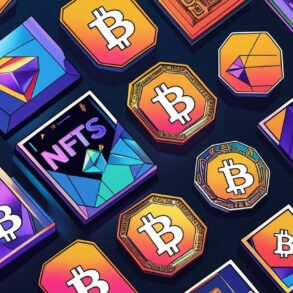
For people not so familiar with the art market, normally most people expect to buy physical art paintings in galleries, through auction markets (like Sotheby’s or Christie’s) or the artist directly. Typically when there is a painting, only one buyer gets to own it. Although group ownership is possible, and ownership by companies and funds could fit into that, most art owners are individual collectors.
When Non-Fungible Token (NFT) art appeared on the scene a few years ago, this introduced the market to digital art. NFTs are actually not the art itself, but more of digital certificates of ownership. Generally, the NFT artists sells it through a marketplace (such as Opensea, Rarible and a host of other digital marketplaces), and like sales through galleries, get paid the commensurate share by the marketplace, who takes their own sales cut.
Generally for an NFT to be expensive, it has to be a one and only unique piece that the buyer gets to own. The ownership of the digital NFT art gets transferred to whomever is holding the NFT in their digital wallet. In some instances, the NFT artist can create a collection, or issue the same NFT art not as a one and only unique piece, but as several copies.
The important thing to note is that the more copies there are of a digital NFT artwork, the less valuable it becomes. So if you want to buy a digital Banksy NFT, the most expensive one would be the one and only NFT of that particular artwork.
Recently, there has also been a trend to allow Real World Asset (RWA) crypto tokens to represent ownership of actual physical art. These can be actual non-digital paintings or sketches that exist in the real world. Typically, the way it works is that the artist (or owners of the real physical artwork) sell the artwork to a legal entity that issues these RWA tokens. Once the ownership is transferred, the entity can then issue these RWA tokens to buyers. Typically, unless the ownership of the painting (or sketch) is transferred to a new buyer afterwards, the artwork stays on display or storage with the legal entity.
Although a single buyer can purchase all the tokens to become the new sole owner of the artwork, what these RWA tokens allow is fractional ownership of the artwork.
Fractional ownership? Think of it this way. When you buy a painting from a gallery, an auction or from the artist, you become the sole new owner. But what if you came together with a group of friends or a community of enthusiasts and wanted to all own the artwork as a group?
The Rolling Stone Culture Council is an invitation-only community for Influencers, Innovators and Creatives. Do I qualify?
Technically, you could but on the Contract of Sale or Certificate of Ownership, there would be many owners listed. Every time one member of that group wants to back out, you would need to alter or replace that ownership document. That would involve lawyers and other professionals who would charge fees.
What these RWA tokens allow is fractional ownership of a physical artwork. There can be as many depending on how the legal entity issues the tokens. If they issue 1,000 RWA tokens for an artwork, then technically, unless they have a rule that you need to buy a minimum of say 10 tokens, then you could have 1,000 different owners.
One example out of many is this Pablo Picasso sketch previously owned by a private collector, and now being sold fractionally using a PABLO token on the Solana blockchain. In the future, this scheme might become popular as a means to trade artworks.
What is nice about this is that if you as a fractional owner change your mind, you can simply sell the fractional RWA token on a Decentralized Exchange (DeFi) and let other buyers take over. Then the art market becomes very liquid as there are many buyers and sellers.
Digital art using NFTs is here to stay. But another newcomer on the scene that promises to reinvent the art market are these RWA tokens that represent actual physical art.
These are definitely exciting times ahead!
This article does not offer financial advice. The author does not have an investment in any of the items mentioned in this article.
This post was originally published on this site be sure to check out more of their content








